In the face of the escalating climate crisis, artists and researchers are turning to ceramics not only as a creative medium but also as a powerful tool for environmental change. Ceramics, with its sustainable properties and potential for innovation, is emerging as a solution to problems ranging from pollution to habitat degradation. By pushing the boundaries of traditional ceramic practices, contemporary artists are exploring ways to repurpose waste materials, reduce carbon footprints, and raise awareness about environmental stewardship. Today we celebrate 5 artists who are tackling these global challenges with clay and creativity.
1. Alex Goad
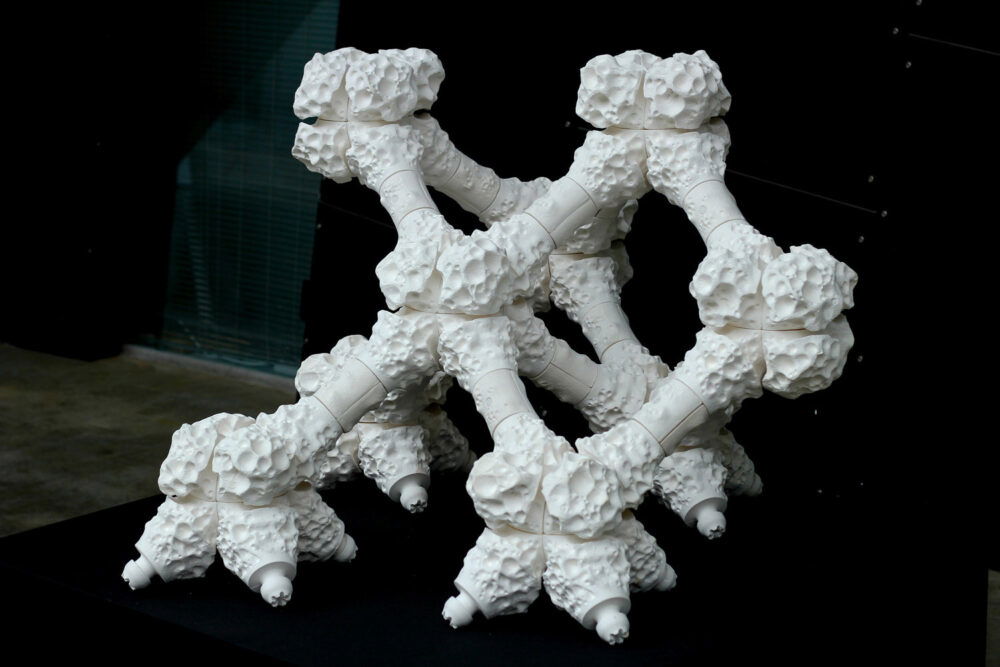
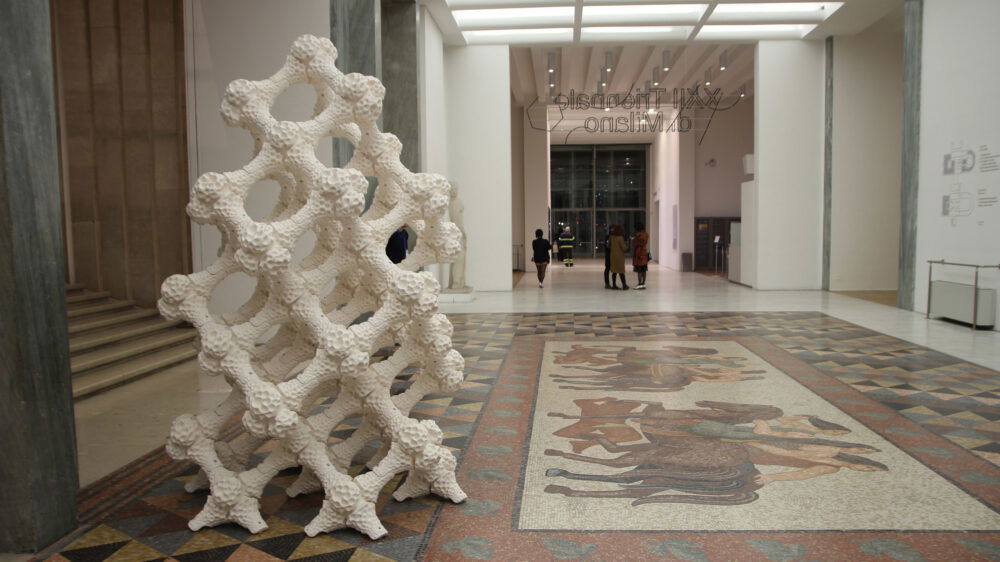
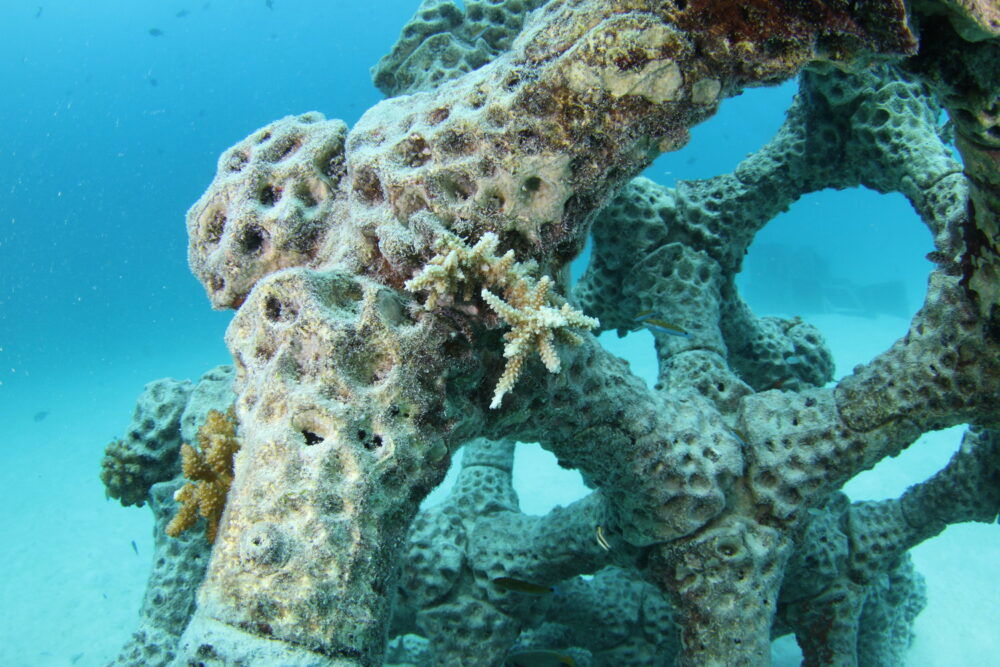
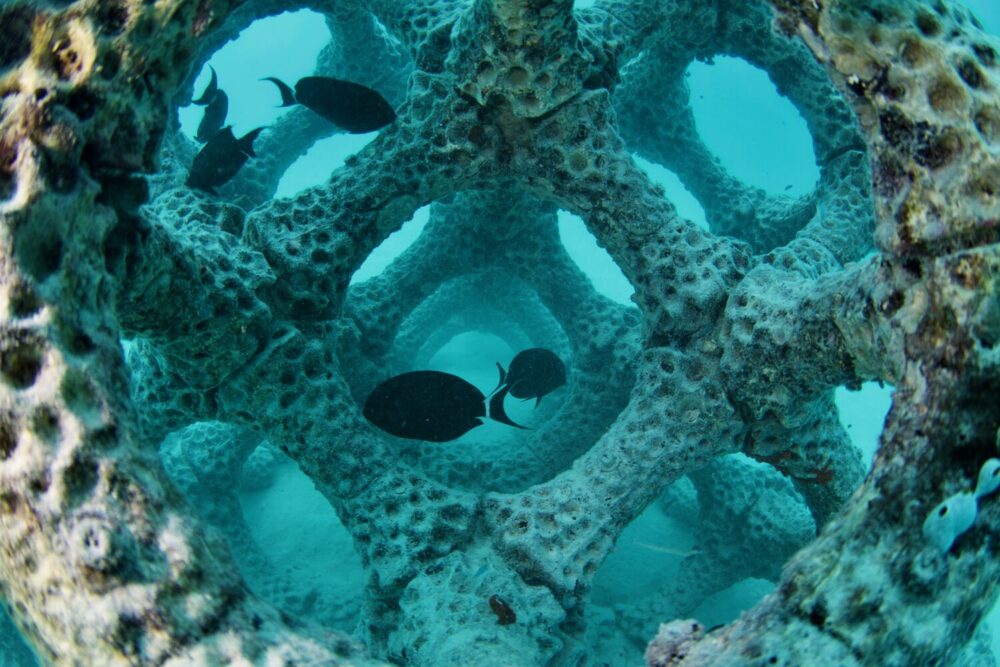
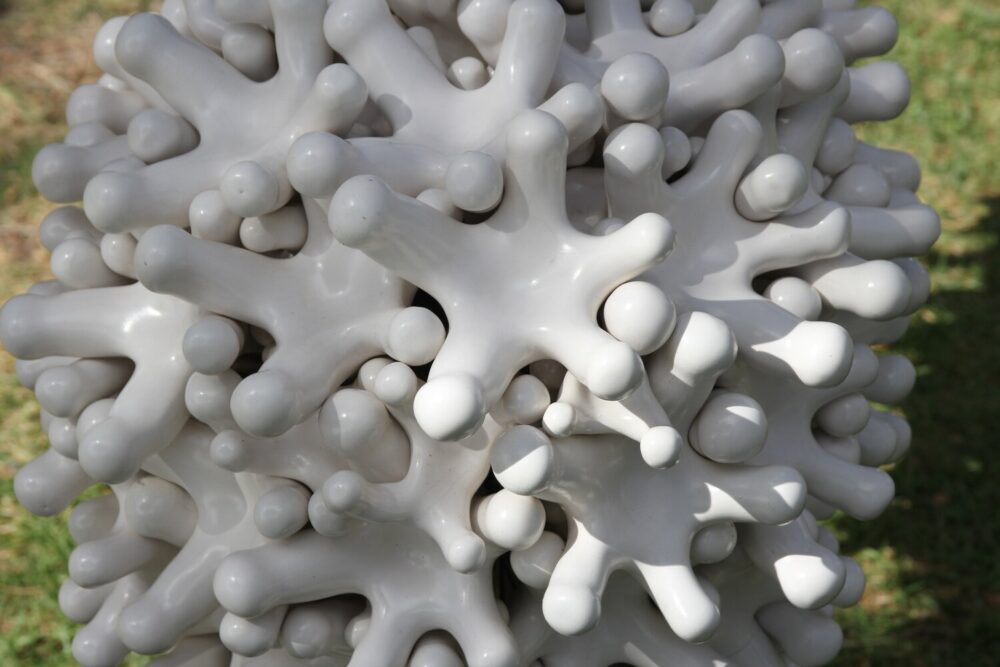
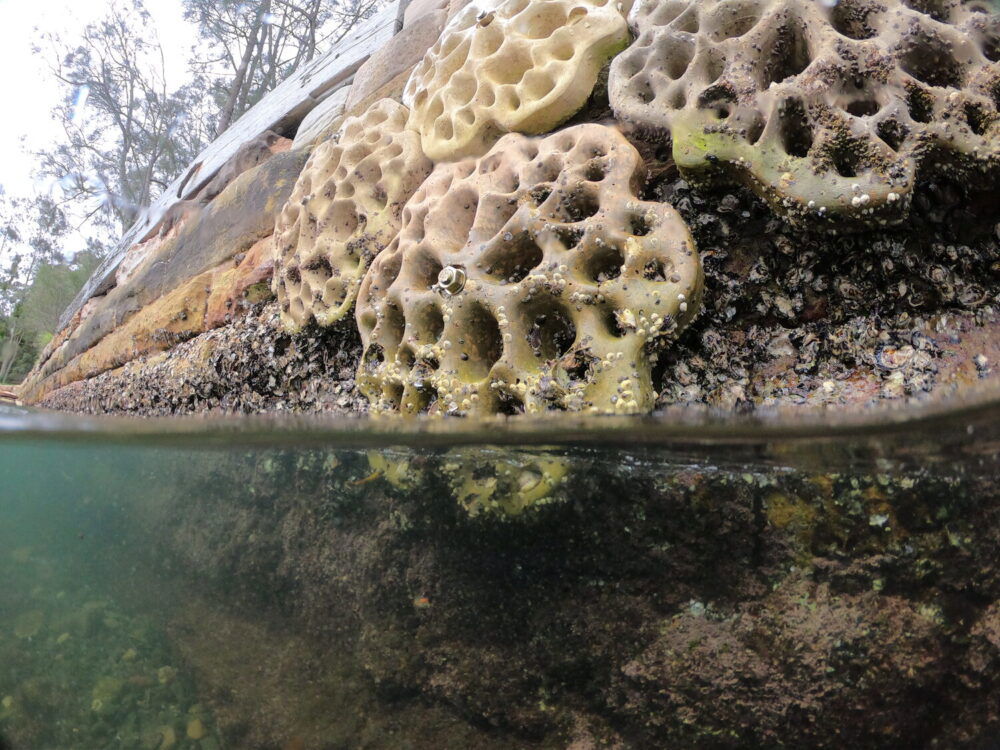
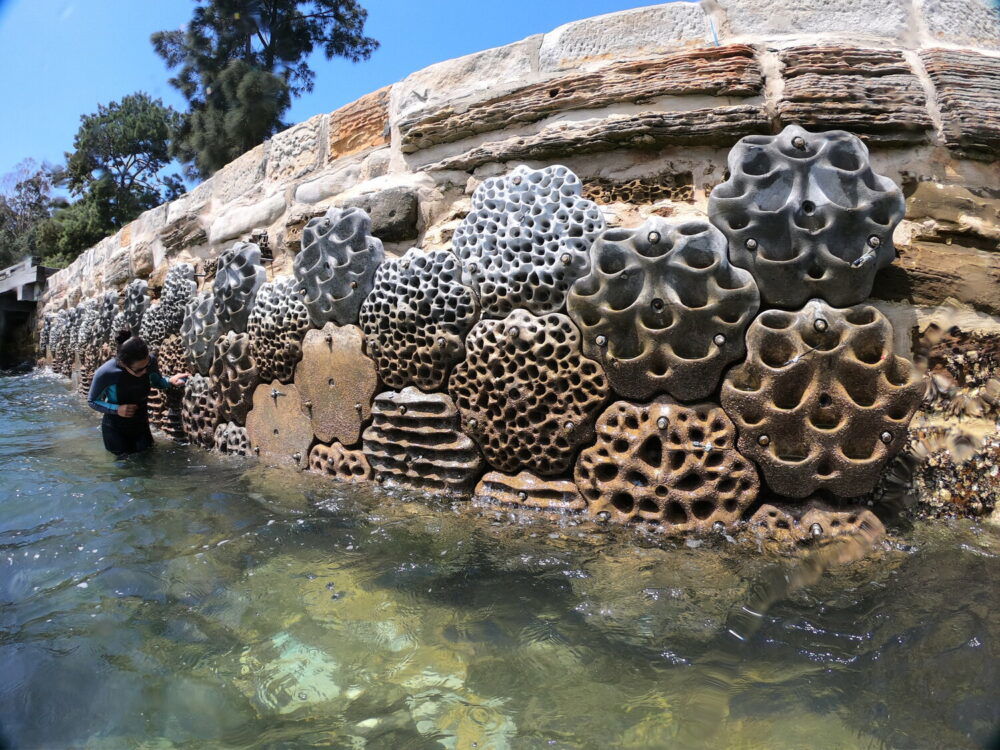
Coral bleaching is a major world-wide impact of the climate crises. When corals are stressed by changes in conditions such as temperature, light, or nutrients, they expel the symbiotic algae living in their tissues, causing them to turn completely white. Bleaching does not immediately kill the coral, but it does make them much more vulnerable to disease, and therefore results in higher mortality rates.
Alex Goad is an Australia-based designer and ceramic sculptor who created the not-for-profit Reef Design Lab to help support coral reef restoration. Reef Design Lab uses 3D printing to create hollow blocks of slip cast ceramic that are filled with concrete which can be molded into complex shapes. The modular design of Goad’s ceramics make them easy to install in the environment, as they are simple to transport and their arrangement can be modified to suit a specific site. Once installed, the structures act as a nursery to support the growth of new corals that are later transplanted into existing reef systems.
Ceramic is an excellent transplanting material for reefs as it is completely inert and will not harm the environment. Once set-up, the module system provides a rigid structure for the transplanted coral and has the added benefit of providing habitat protection for other species in the area.
To learn more about Goad’s and Reef Design Lab’s work, check out this great video!
2. Tyler Burton
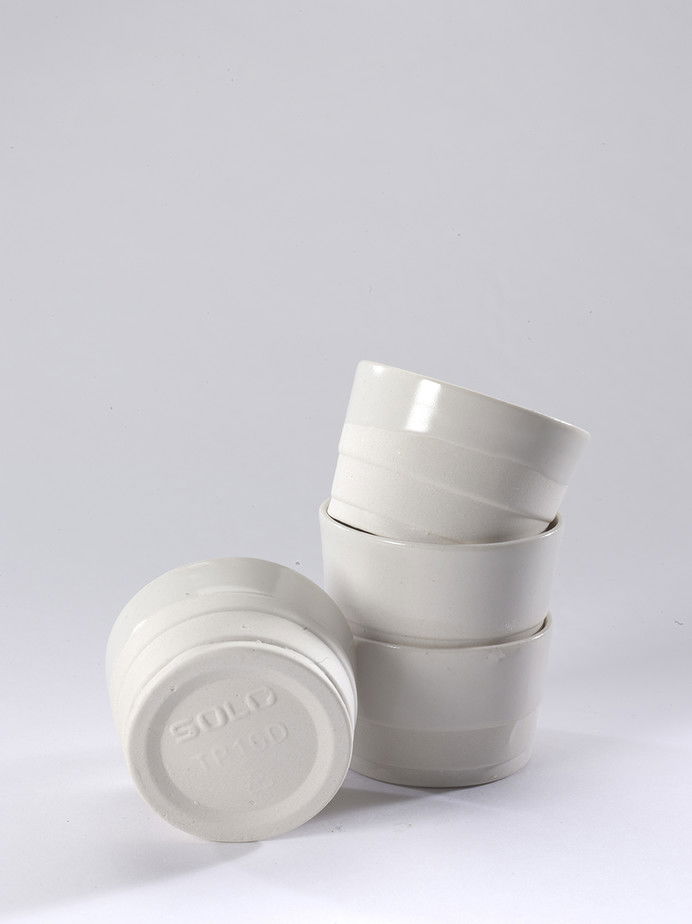
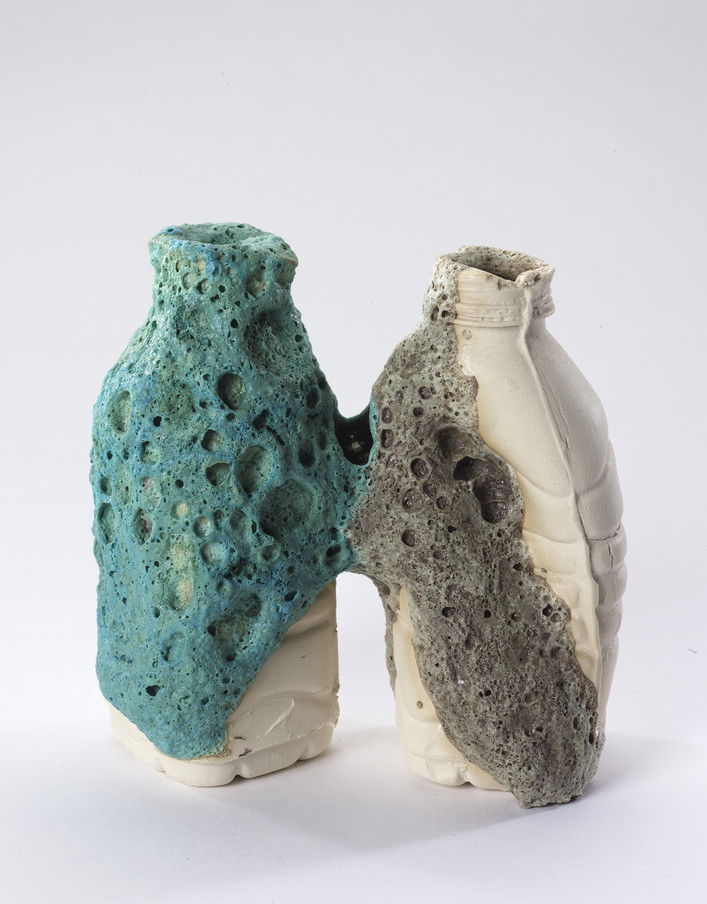
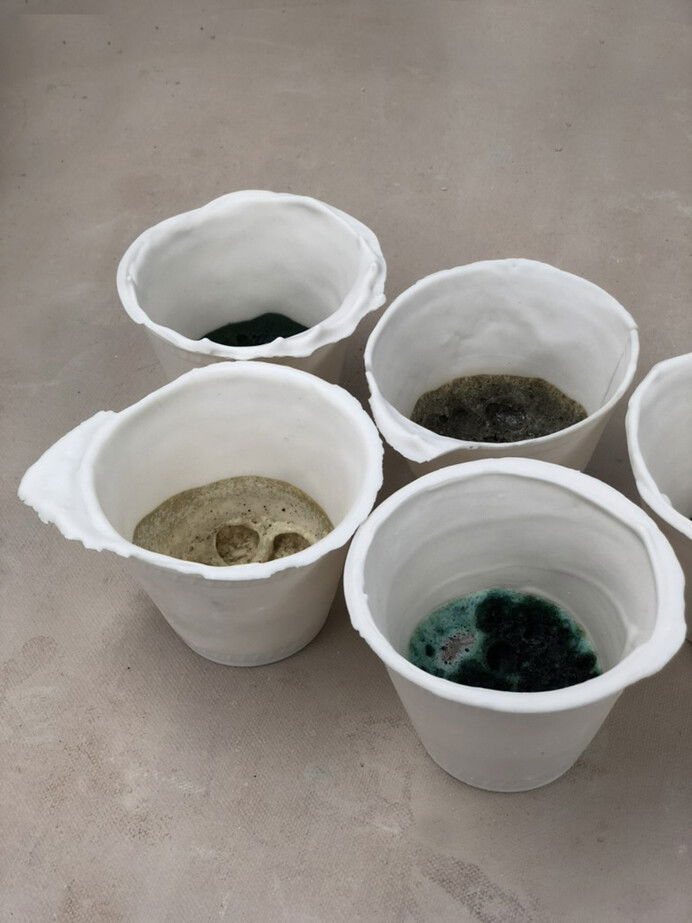

Crystal Geyser | https://www.etylerburton.com
Burton is an American sculptor and photographer whose work explores and draws attention to various elements of environmental degradation. Through numerous projects she has explored issues of water mismanagement, plastic waste and overconsumption, and glacial melting.
Burton’s current project ‘Fossils of the Future’ began by focusing on the castings of plastic water bottles in porcelain and glazing them with volcanic crusty glazes. As the project has evolved, she’s also begun incorporating the plastic itself into the works, with the pieces evolving into monolithic multimedia columns that bring to mind images of core samples as well as industrial landscapes. Placed in the desert, these columns stand as a visual testament to the plastic legacy we are currently building.
3. Yuliya Makliuk
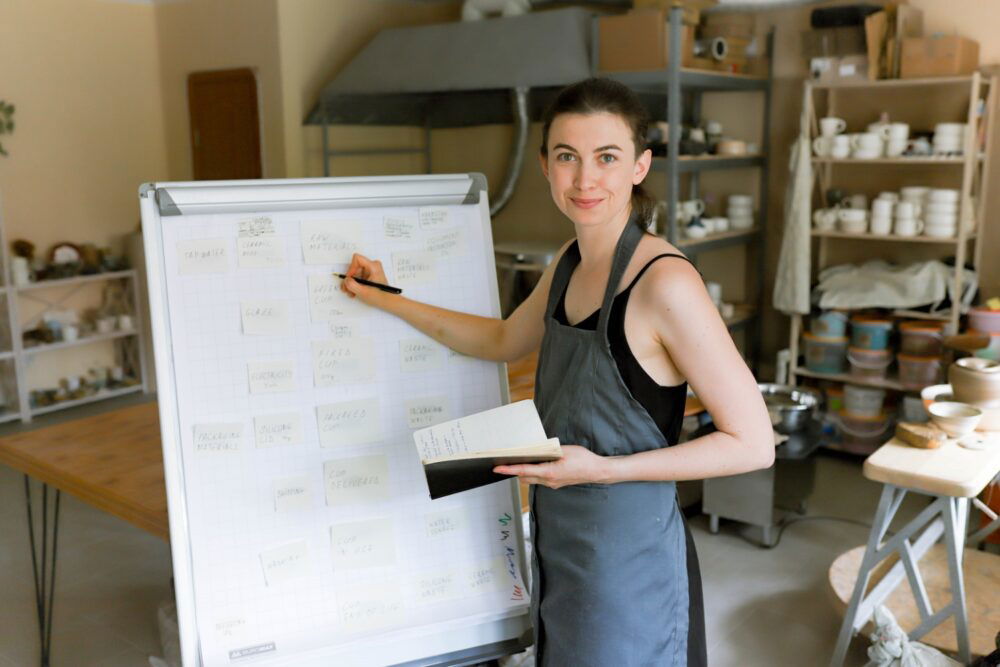
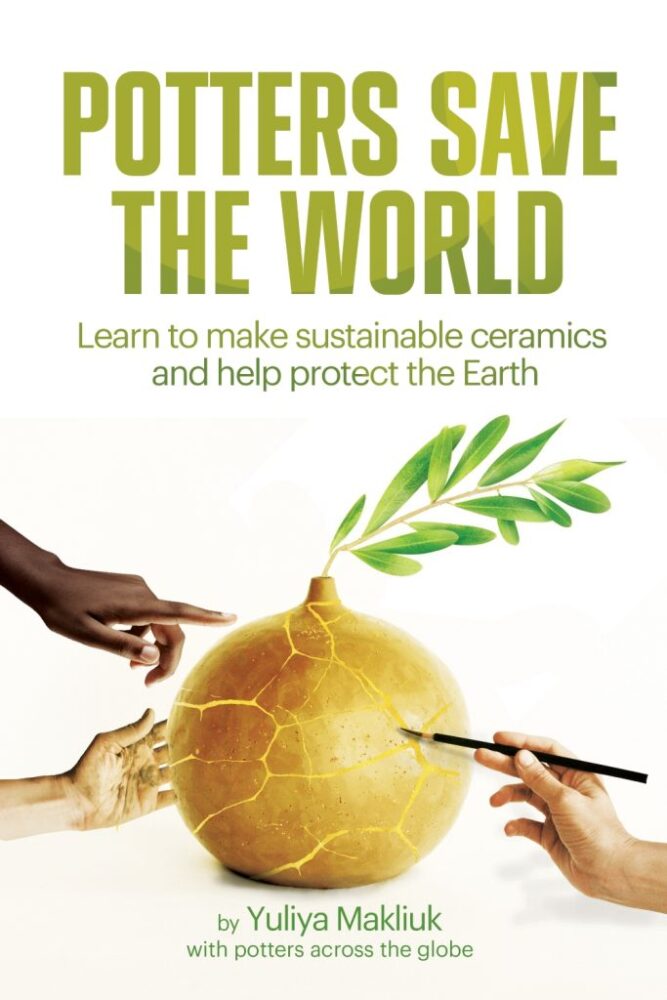
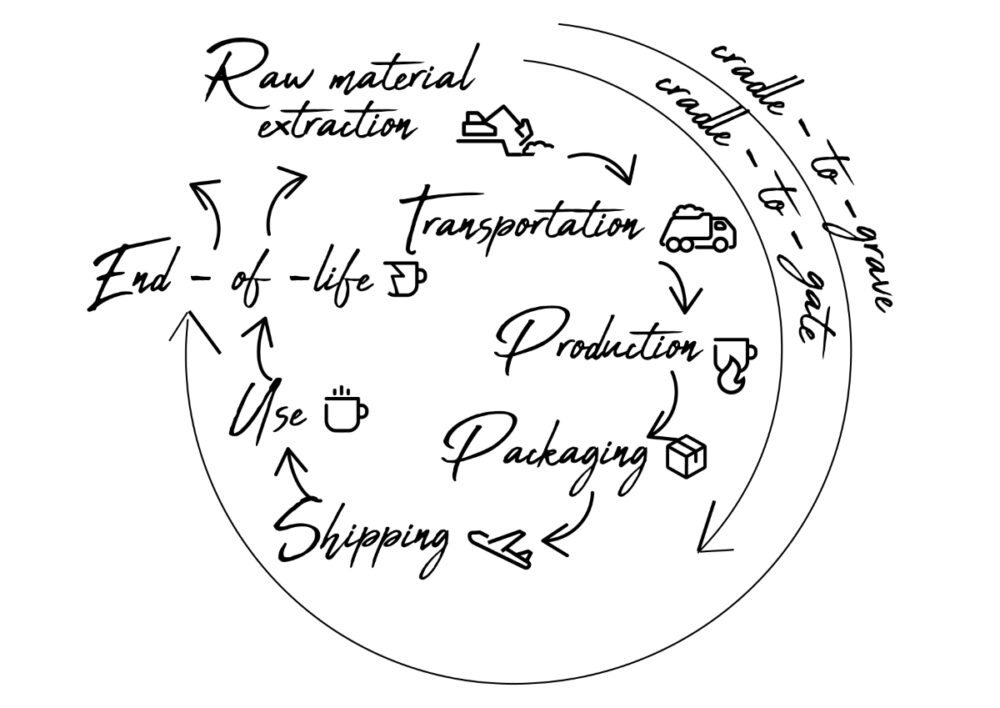
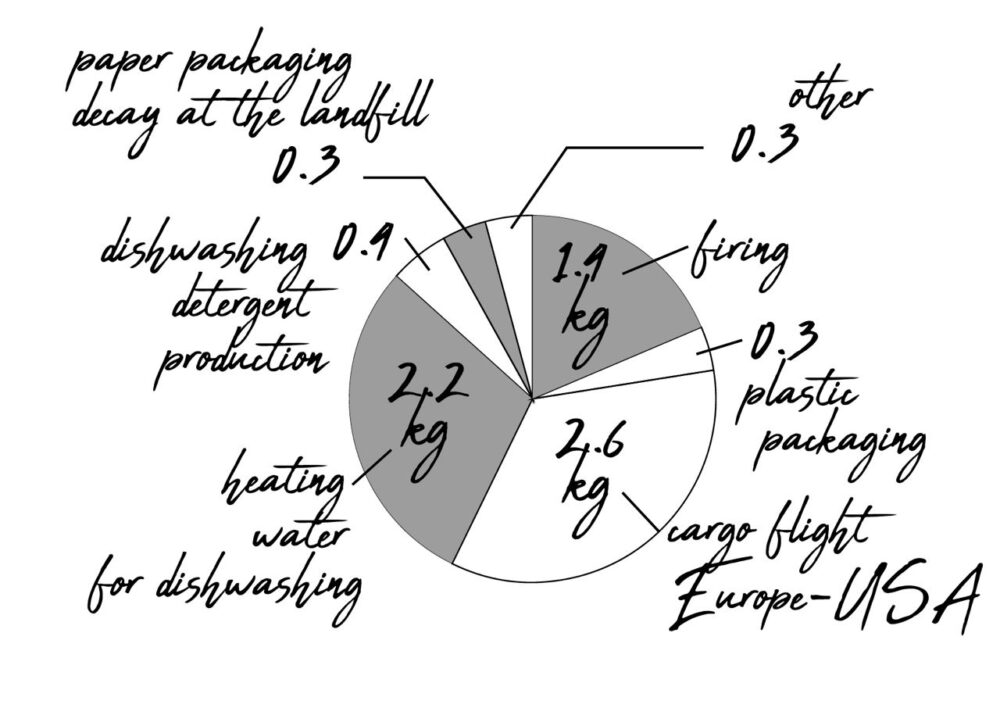
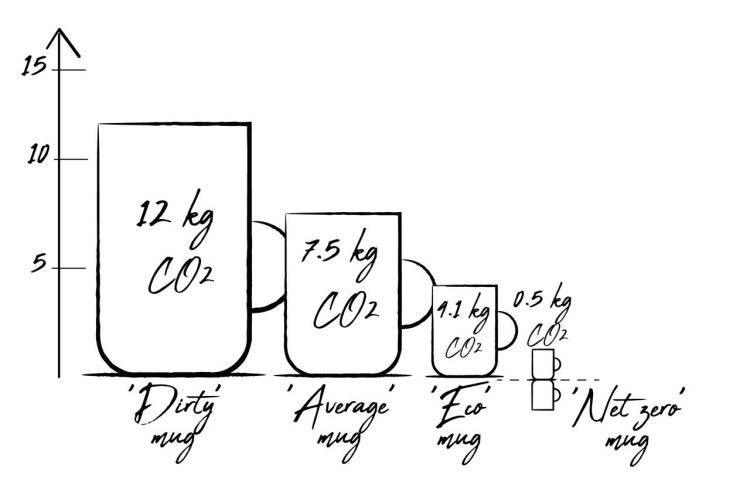
https://www.instagram.com/hereandnowpottery
Yuliya Makliuk is a potter, environmentalist, and educator from Ukraine who has been gaining growing recognition for her dedication to sustainable approaches and innovative techniques to ceramic practices. Her studio, Here & Now Pottery, holds the Clean Green Ceramics certification, and her YouTube channel features numerous videos featuring discussions and lectures on how studio potters like us can reduce our environmental impact.
Maliuk also recently released her first book, “Potters Save the World: Learn to Make Sustainable Ceramics and Help Protect the Earth”, drawing on her background in environmental consulting for creative businesses and her skills in life-cycle assessment. The book also draws on her optimism for the future, and for all of us as creatives:
“There’s immense potential for ceramic artists to take the lead in designing eco-friendly products, teaching others about sustainability, and promoting environmentally conscious business practices. We, as creatives, have the power to change the world for the better.”
4. Courtney Mattison
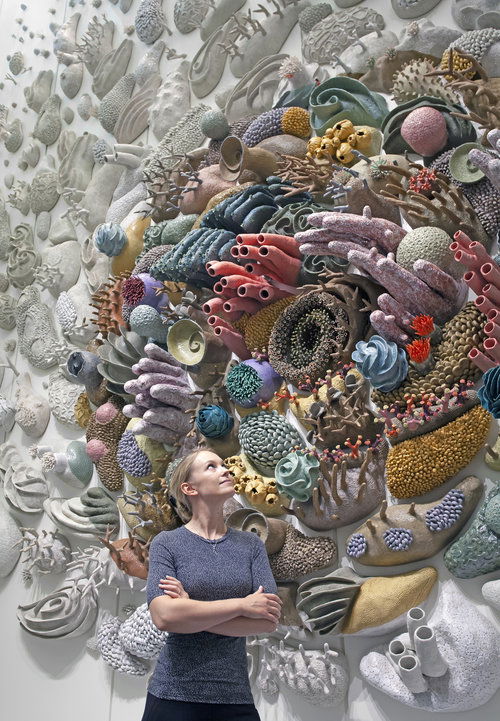
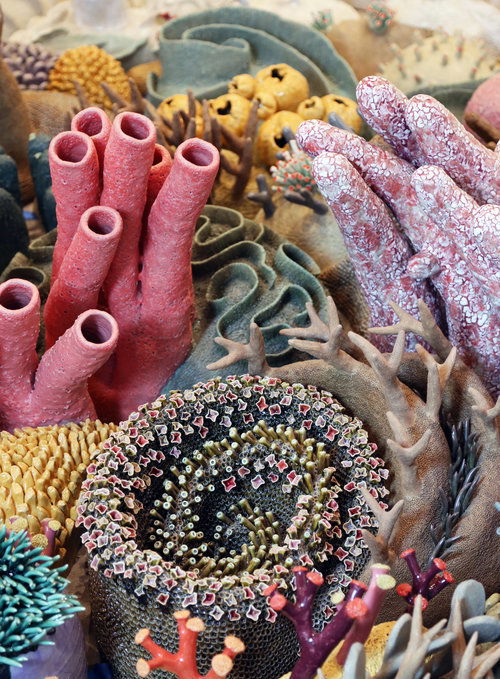
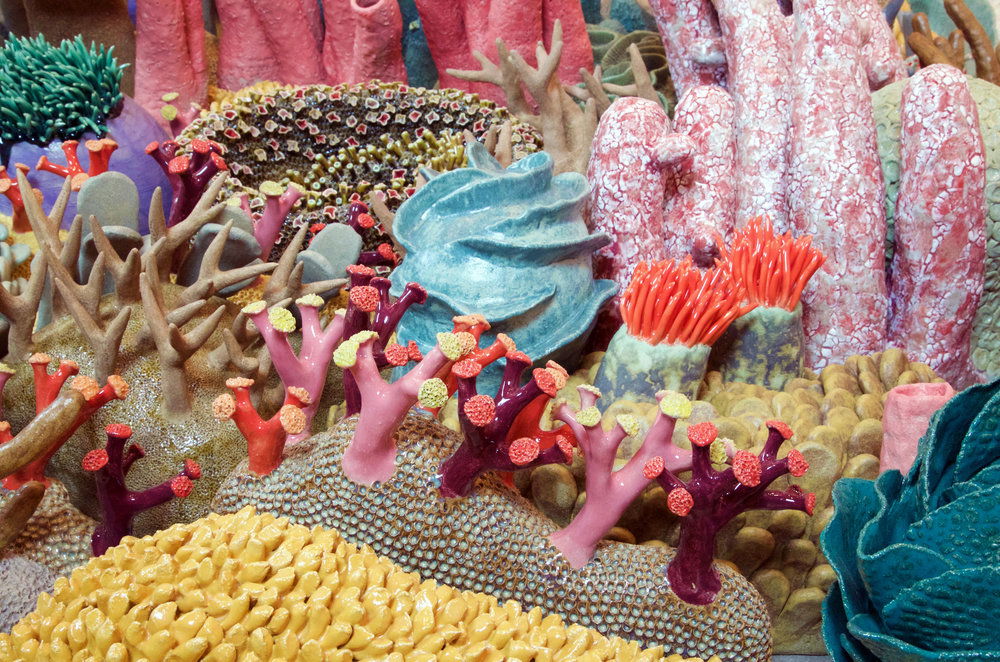
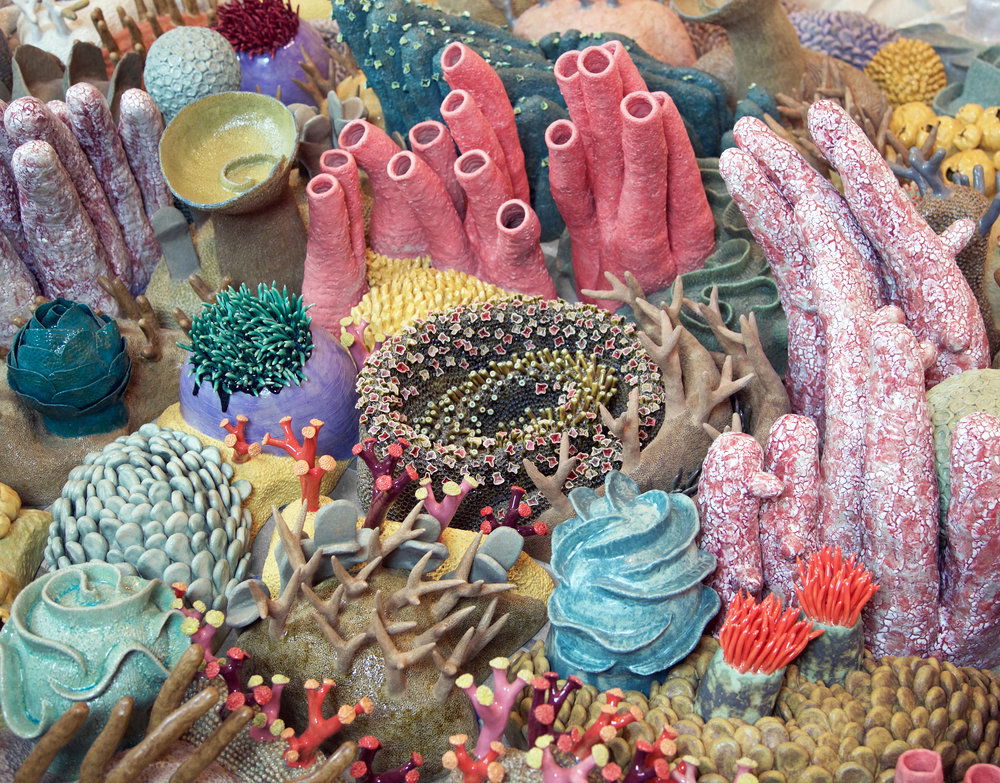
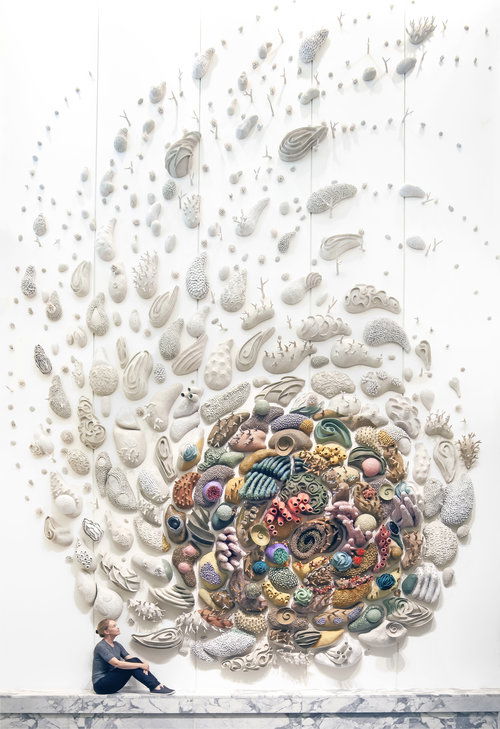
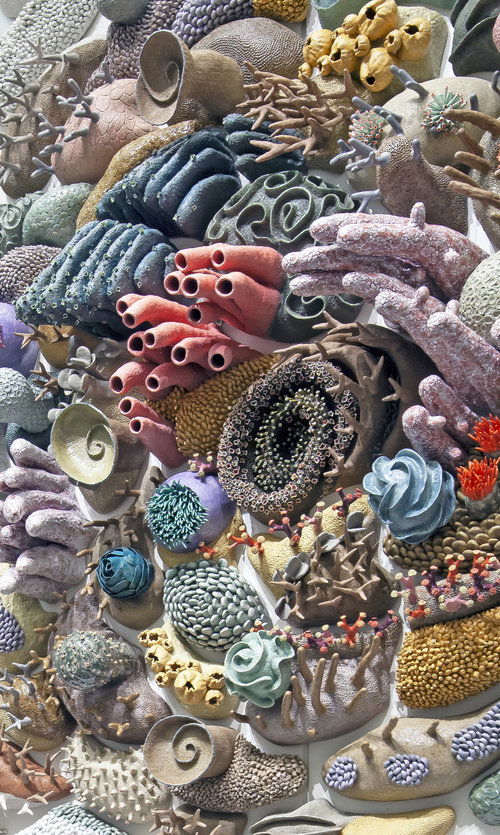
A ceramic artist and ocean advocate in Los Angeles, Courtney Mattison creates large-scale ceramic sculptures that examine the climate crisis through the beauty of marine habitats, and of coral reefs in particular. Informed by her background in ocean conservation science and policy, her highly detailed works have been raising awareness about the threat to corals through commissioned permanent installations in hospitality, institutional, workplace, retail and residential settings across the U.S., Europe and Asia.
Mattison often thinks of her sculptures as being monuments to coral reefs, designed to stir the public’s emotional connection and sense of awe towards these beautiful and unique environments. With a sense of movement that summons images of complex galaxies, her work successfully conveys the vastness of the reef ecosystem while also communicating its fragility.
To hear Mattison talk about her work in depth, be sure to watch this fantastic short video:
5. Amy Snyder
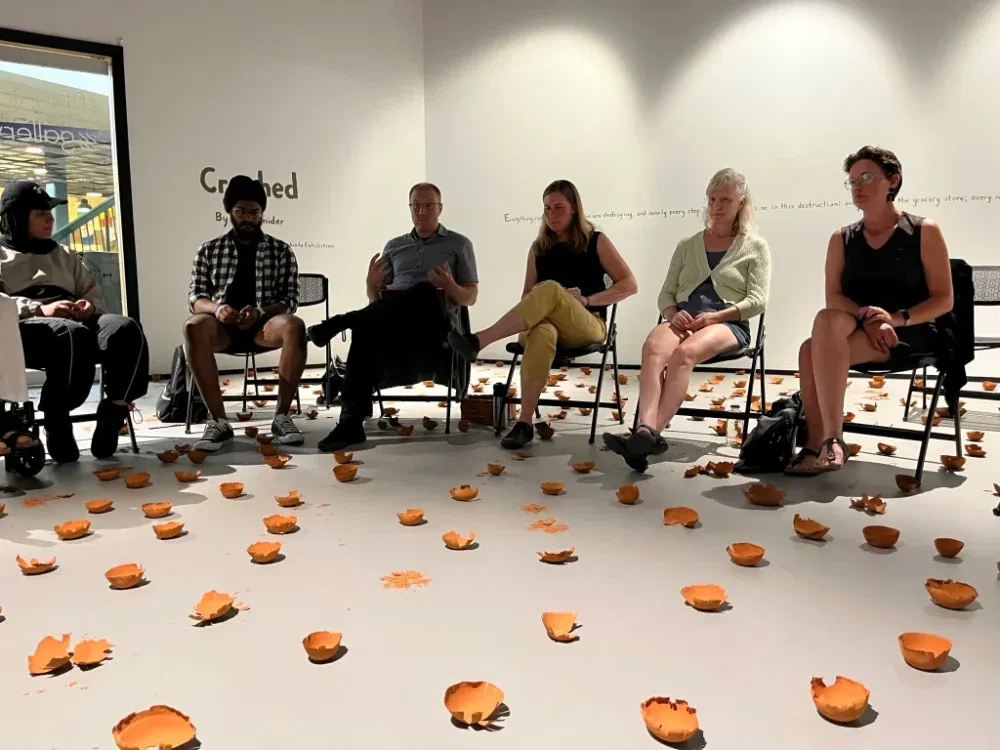
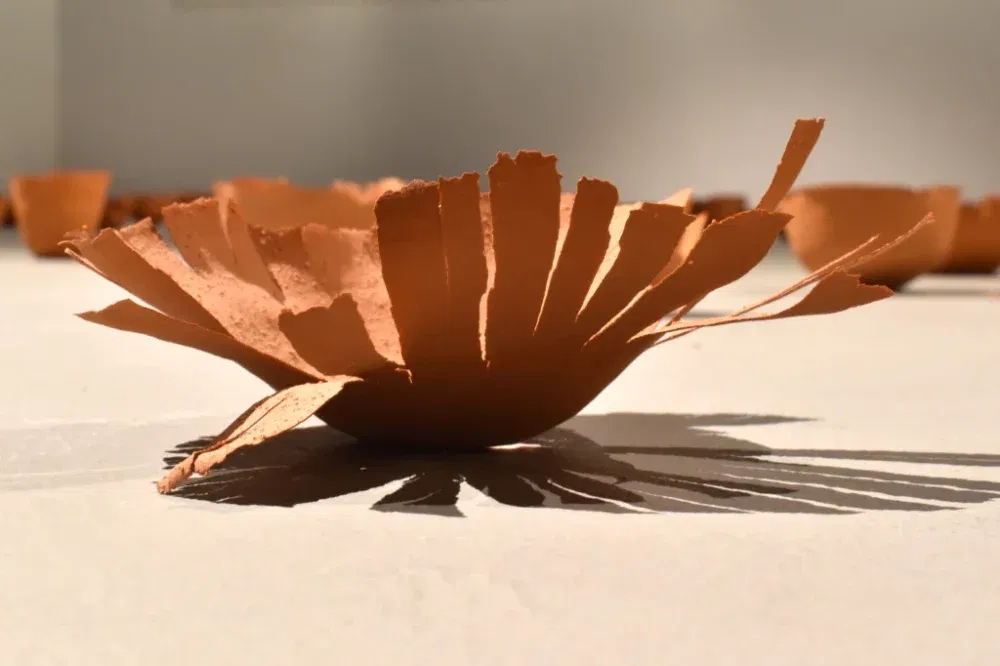
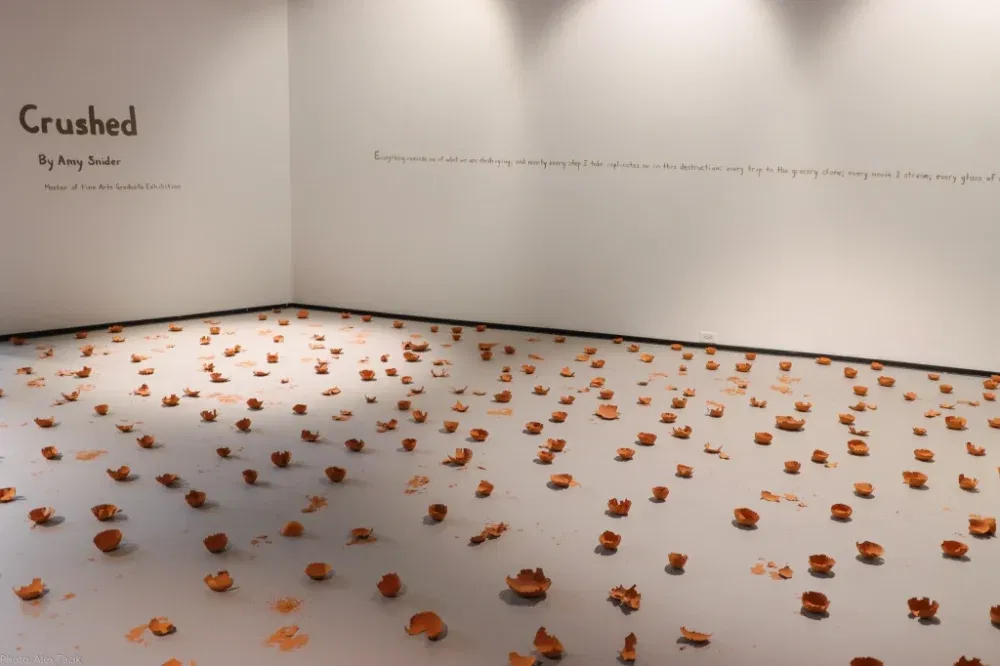
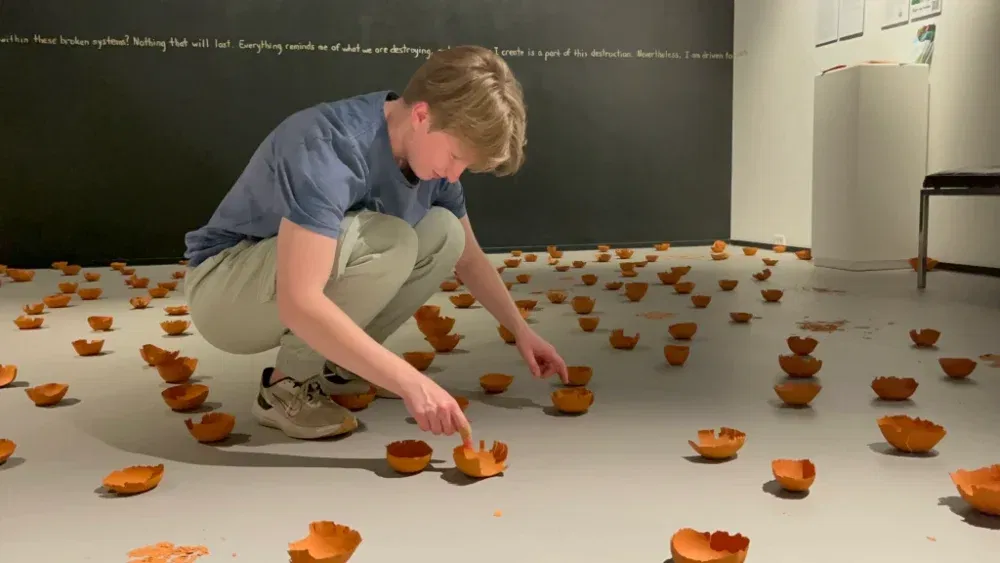
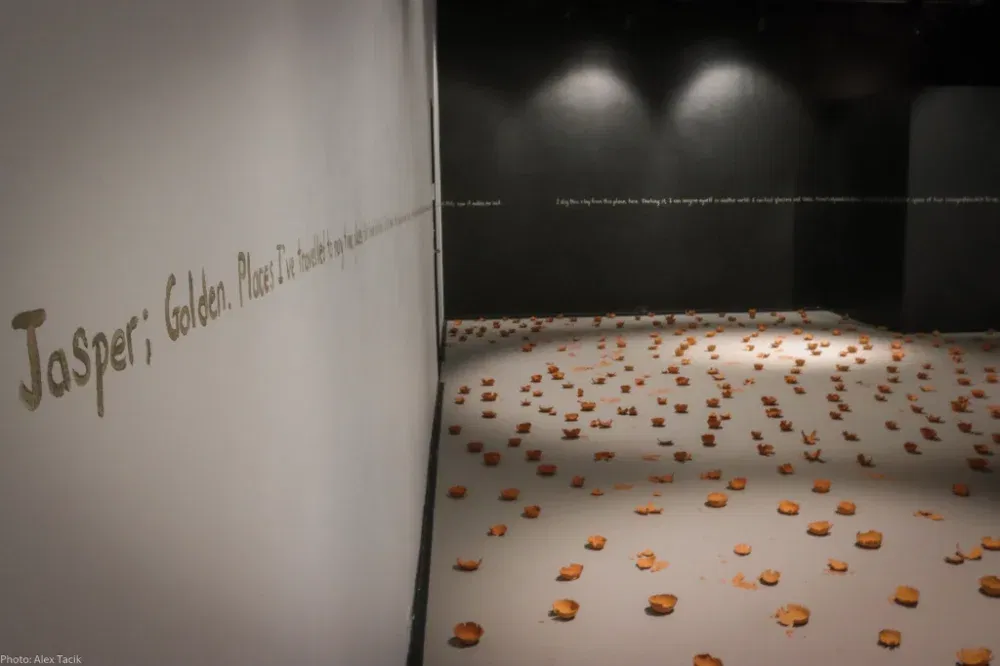
Crushed, 2023 | https://amysnider.ca/
Amy Synder is a Canadian ceramicist whose work focuses on examining the impacts of climate change. Her work often plays with the concept of fragility, using incredibly thinly-made or unfired works that foster a sense of unease and impermanence in the viewer. In her current project ‘Crushed’, for instance, hundreds of paper-thin terracotta bowls cover the gallery floor, representing the artists’ growing sense of climate change anxiety.
“Everything I see reminds me of what we are destroying, and nearly every step I take implicates me in this destruction: every trip to the grocery store; every movie I stream; every glass of water I drink. Nothing I do is innocent, and the consequences are terrifying.” –Snyder
The psychological impact on climate change is an element of the crisis that is often overlooked. As the world changes around us, it’s easy to feel both powerless and culpable. Through her ceramic installations, Synder brings attention to this complicated part of our current society and culture.
Ceramics for Change
In a world facing the growing threat of environmental degradation, ceramic art offers not only a medium for expression but also a means of positive impact. Through innovative approaches to material use, sustainable practices, and environmental restoration, ceramic artists are taking bold steps to address the climate crisis. From supporting fragile ecosystems to raising awareness about our planet’s vulnerabilities, ceramics are proving to be a versatile and vital resource in the fight to protect the Earth. As we celebrate Earth Day, we are reminded that creativity, when paired with environmental responsibility, can spark meaningful change.
Are you making steps to make your studio or practice more sustainable? Or are you making work that is focused on raising awareness about the climate crisis? Let us know in the comments below!


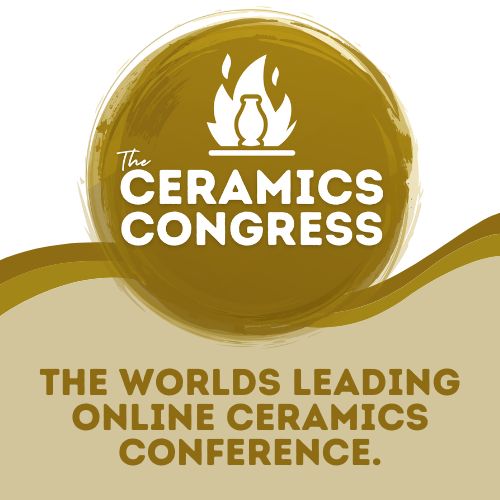
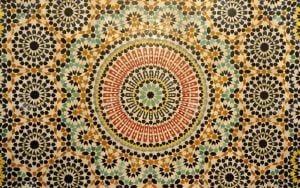

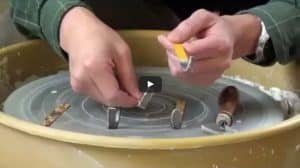
Responses
Unfortunately, as long as we continue to buy commercially made clay, all our other efforts are done in vain. Reason being: the mining, processing, and shipping of raw materials and commercially made clay are destroying habitats.
Currently, in the US, there are companies mining lithium and sodium on pristine desert habitats. They build solar farms to power their mines and destroy desert habitats.
Granted, ceramics industry is not the main reason for these lithium fields, it’s the battery companies, however, ceramics industry competes with these big companies for the lithium and other raw materials which drives up demand. That in turn leads to the building ot more mines and more desert destruction.
In the US, we finally depleted the last feldspar mine. That open pit mine and the land it’s on are useless. So the industry now sources its feldspar from India. The carbon emissions created and energy required to mine, ship, and process raw materials from India to the US far exceed and cancel out any efforts we try to do at home. The true cost to the planet comes from mining, processing, and transporting the materials to make the clay and shipping the clay itself.
The only truly green way to continue ceramics would be to find and use l9cal wild clays and fire in a pit or barrel with found wood.
I’ve made it a goal of mine to use up the materials, clay, and glazes I have now and when it’s gone, I’ll figure out how to continue locally with wild clay.
Commercial ceramics is not sustainable.
I may be in the minority with this view and I understand why people want to justify continuing with ceramics. I struggled with this myself and I understand I am one person and will not make a difference or change anyone’s mind. We all do what we feel is right for helping the planet. I just wanted to see a bit more facts in this blog about how unsustainable ceramics really is and showcase artists who understand this in a blog article with this title. There are truly green ceramicists out there. Andy Ward is one who comes to mind. He makes traditional pottery using wild clays and paints and firing methods. Thank you for the education and fun your ceramics school brings. I’ve learned a lot and continue to do so.
Cheers,
Kim